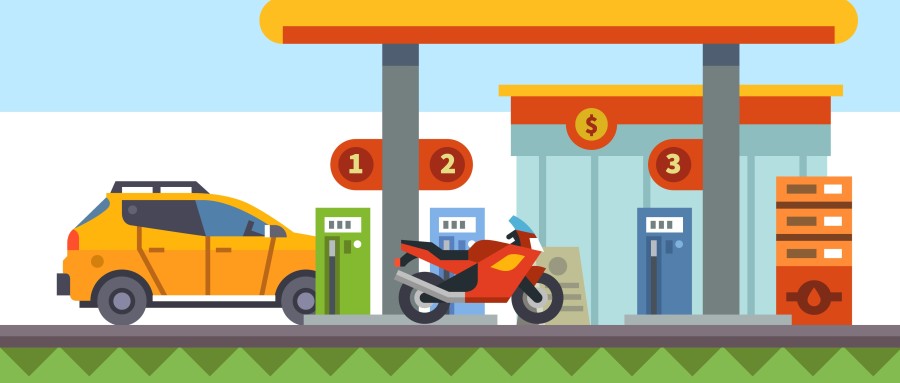At the gas station and toll station
4th Grade mathematics: chapter 26
Multiplication of decimal numbers (Greek educational system)
|
|
Materials for the lesson
|
Layout of the classroomTeachers should better use the theatre class action on stage or on empty space. |
|
Phase 1In the first phase, the lesson takes place in the classroom. The teacher gives the first knowledge and information about the multiplication of decimal numbers.The teacher divides the students in groups of six and elaborates the drama actions. It is summertime and all people prepare their trip in different destinations. Firstly, the vehicles should put gas or petrol, and then they will pass from toll stations. So, the teacher asks from the five groups to impersonate a different kind of vehicle such as motorcycle, car, van, bus, truck. The appropriate photo is stuck on their backs. The six group at the phase 1 will be the workers at the gas station whereas in phase 2 will be a toll station. This group is placed on a scene of theater and they wear hats and the uniforms. The students who represent the vehicles will stand in a queue for gasoline or petrol.Teacher explains the details about this freestyle performance and he is the person who encourages the children in the whole process and watches the theatrical drama for misunderstandings.Teacher’s bell rings and the first group starts the action. Each vehicle will move from a queue towards the gas station until all vehicles fill in gas. At this point there is a dialogue between the workers and the vehicles:
|
|
Phase 2In the 2nd phase the teacher introduces the new condition. At this point the same vehicles have to travel carefully towards the toll station. They will improvise a trip with motorcycles, cars, vans, buses and trucks. These vehicles enjoy their trip on the land under an amazing summer weather. The children make a little noise like real vehicles.Teacher’s bell rings again and the first group starts the trip. The first group is the motorcycles which reach to the toll station. There, there are workers who give the drivers a card with different numbers. Each driver should make their respective calculation such as:1,70 euro x 8 =?, or 1,70 euro x 6 = ? etc . At the end, they return the card to workers and if the sums are right they will continue the trip.Teacher’s bell rings again and action freezes.Teacher’s bell rings again and the second group (cars) starts moving again towards the toll station. The same action continues until all groups finish the payment at toll station.At this point, the teacher asks from passengers to take pleasure and fun from this procedure and asks students to play this scene as flashback from real experience as better as they can. |
|
Phase 3At the end, all stand in a circle and present possible questions, expressing their feelings during actions. They all share the difficulties. This phase is also necessary for the teacher to receive feedback, to design similar actions and to assess the students |


 SmartOWL
SmartOWL